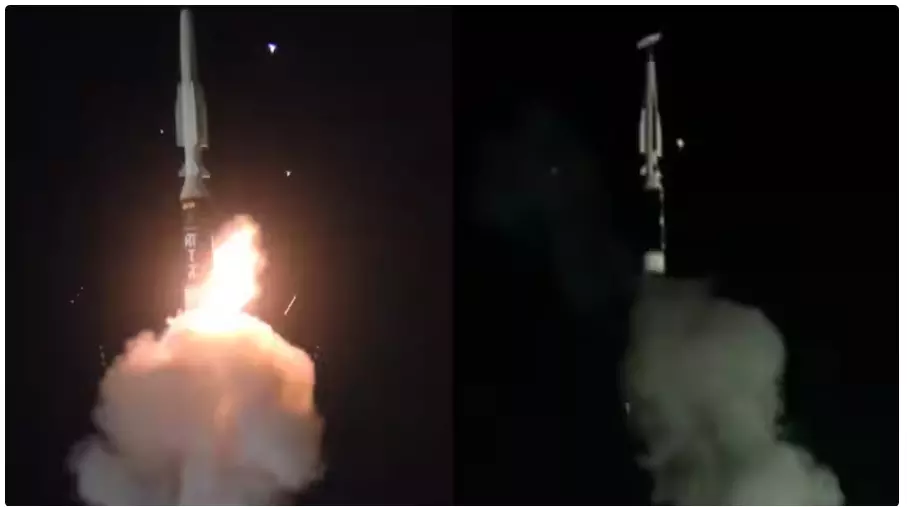India Successfully Tests Long-Range Hypersonic Missile, Joins Elite Club
India successfully tests long-range hypersonic missile, achieving a key milestone in advanced defense technology.
India Successfully Tests Long-Range Hypersonic Missile, Joins Elite Club

India achieved a significant milestone in defense technology by successfully testing a long-range hypersonic missile. Capable of carrying multiple payloads over distances exceeding 1,500 kilometers, this marks India's entry into an exclusive group of nations with advanced military capabilities.
Historic Flight Trial
The flight trial, conducted on Saturday night, was confirmed as a major success by Defence Minister Rajnath Singh. He described it as a "historic moment" for India, stating, “This achievement places our country among a select group of nations possessing critical and advanced military technologies.”
The Defence Research and Development Organisation (DRDO), responsible for the missile's development, verified its performance using a network of tracking systems across multiple domains. Data from down-range ship stations confirmed the missile's precision, successfully executing terminal maneuvers and impacting its target with high accuracy.
Indigenous Development
The missile was developed by DRDO's Dr. APJ Abdul Kalam Missile Complex in Hyderabad, in collaboration with other laboratories and industry partners. The trial was attended by senior DRDO scientists and armed forces representatives, emphasizing the indigenous nature of this technological breakthrough.
Why Hypersonic Missiles Matter
Hypersonic missiles travel at speeds exceeding Mach 5 (five times the speed of sound), ranging between 6,125 km/h and 24,140 km/h. These velocities make them extremely difficult to detect or intercept.
There are two types of hypersonic missiles:
Hypersonic Glide Vehicles (HGVs): These are launched using rockets and glide to their targets after reaching high altitudes.
Hypersonic Cruise Missiles: These use scramjet engines to sustain hypersonic speeds and maneuver at lower altitudes.
Their unpredictability and speed challenge existing missile defense systems, potentially transforming modern warfare.
Operational Mechanism
Hypersonic missiles follow these steps:
Launch: Rockets or scramjet engines propel the missile to hypersonic speeds.
Flight: Unlike traditional ballistic missiles, these can maneuver mid-flight, complicating interception.
Impact: High speeds and precision ensure effective strikes on diverse targets, including conventional and nuclear missions.
Global Landscape
India now joins nations like the United States, Russia, and China in pursuing hypersonic missile programs, underscoring its growing prowess in defense technology.
This achievement highlights India's commitment to self-reliance in defense and sets the stage for significant advancements in military strategy and readiness.

